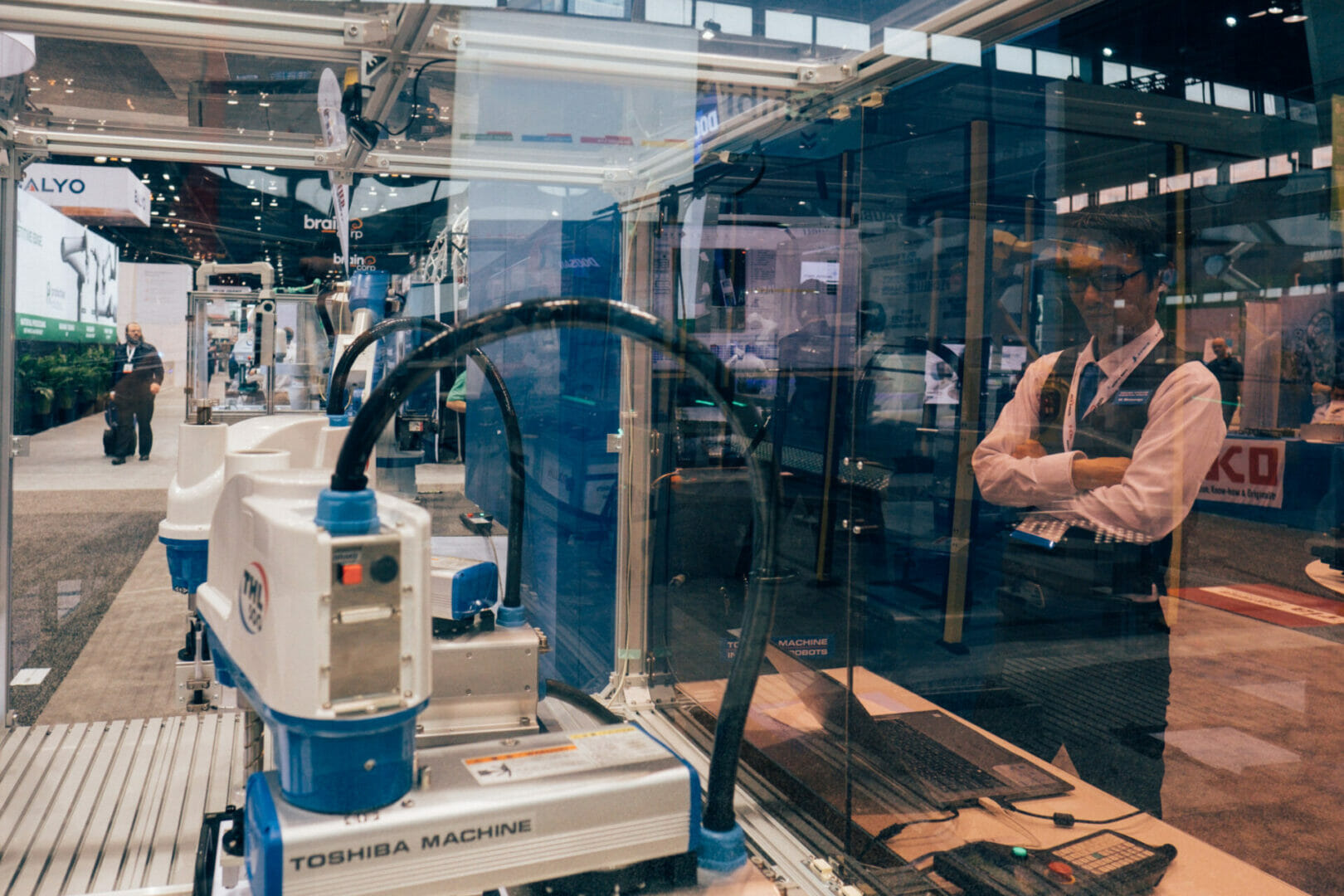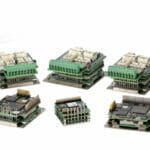~ Industrial robot programming tool supports all phases of automation ~
“You must be diversified enough to survive bad times,” said the American academic and investor, Joel Greenblatt, “so that skill and good process can have the chance to pay off in the long-term.” Here, Nigel Smith, CEO of TM Robotics, explains the importance of robot programming that’s simple enough to be refigured to any kind of manufacturing environment, as companies diversify to improve sustainability.
There are challenges ahead for manufacturing, against pressures to recover in the wake of the COVID-19 pandemic and, to this end, to diversify and explore new revenue streams. Both goals require sustainability, which used to be something of a buzzword in industry, but is now fundamental to companies’ reputations and bottom lines.
What exactly is sustainability? According to the study Achieving Sustainability in Manufacturing Using Robotic Methodologies by the Department of Industrial Engineering, Tshwane University, South Africa: “Sustainability is the ability to develop and implement technologies/methodologies, which are self-sustaining without jeopardising the potential for future generation to meet their needs.”
Industrial robots are helping manufacturers reach their goals of better plant performance and lower production costs. Tshwane University’s report highlights several goals that robots in manufacturing can help achieve, including “adaptability to a new task; automatically compensating for limited variability [and] meeting safety requirements.”
Robots can help achieve all of these things — but they still need the support of human workers in order to do so. A report by Brazil’s renowned Federal University of Technology – Paraná (UTFPR), Human Factor in Smart Industry: A Literature Review, puts it best: “Human work will be indispensable in smart industries, both for the development of this concept as the management and operationalization of advanced production systems, technologies and processes.”
Companies must adapt the capabilities of high- or low-skilled workers to get the most of out robots. As we’ll see, this is also important to self-sustainability.
Easy programming
Self-sustainability means, of course, that the working systems between robots and humans can continue to function, and grow, into the future. Indeed, for manufacturers a key signifier of growth is acquiring more machines that also have more capabilities, such as ceiling mounted robots, robot 3d vision systems and more.
To achieve this, Tshwane University’s report states that robots must have the “ability to be easily programmed by shop-floor workers.” Other factors include easier-to-use human machine interfaces (HMIs) and less skill-intensive control.
Not only must these programming systems be future-proof, to support future robot purchases and overall self-sustainability, they must also complement manufacturers’ existing processes.
This is where an industrial robot programming tool, such as TSAssist from TM Robotics, can prove valuable. The software is designed for 6-axis and SCARA robots and offers powerful assistance to all phases of automation. Importantly, this covers all phases of automation, from planning and installation to enhancement. For manufacturers that are ambivalent as to how new robot systems will fit into their existing ways of doing things, TSAssist is a ground-up re-build of the existing Shibaura Machine robot programming software, TSPC, designed for more flexibility and user-friendliness.
The programming tool helps low- and high-skilled workers get involved with programming and learn how to equip SCARA robots for continuous operation. It’s also used to upload and download program and parameter files, generate 3D simulations, perform checks and includes an updated graphical user interface.
Diversify to survive
This brings us to diversification within sustainability. Robots are not limited to working on a single task, but rather can be used in connection with different tasks and levels of difficulty. Machine shops can therefore balance the requirements of diversification while doing so cost-effectively. TSAssist can support this by bringing numerous functions into one place, from interference checking and cycle time measurement to accurate 3D CAD manipulation with perfect calibration. This is all achieved through an easy-to-understand, intuitive and customisable interface designed to be used by both new and experienced robot users. Importantly, TSAssist allows programming that’s simple enough to be refigured to any kind of manufacturing environment.
With easier programming, manufacturers can better explore and exploit the sustainable and environmental advantages of integrating automation and energy efficient SCARA robots into their manufacturing processes.








